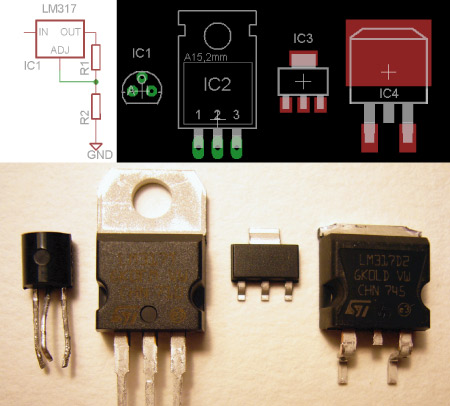[youtube=http://www.youtube.com/watch?v=f3iOuKzhUlQ]
Reader [deren lik] pointed out the world of direct to garment printing to us. You can purchase commercial machines that will print directly onto a t-shirt using inkjet technology. Unfortunately, these machines cost ~$10K, so hackers have decided to fill in the gaps. DIYDTG hosts plans for how to build your own DTG printer. Their standard instructions are based around the Epson C88 printer. A custom carrier is constructed and then the printer components are bolted on top. Commercial DTG printers are also based on Epson parts and you can easily purchase the garment inks even if you didn’t pay a premium for your printer.
















